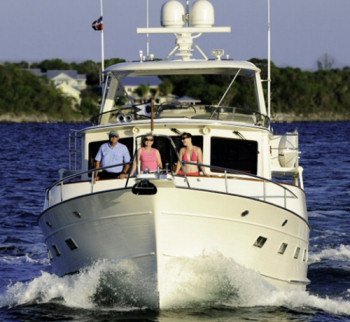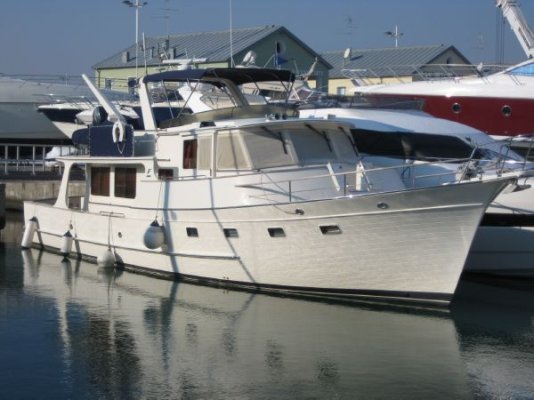Quality control, warranty, service, and all the rest......I guess I'm just tired of the "Made in China" label.......
Don't ride on a Boeing or Airbus plane then.
Quality control is generally better in Japan than in the US. The quality out of China is as good as the parent company makes it. Apple products are for the most part assembled in China. A lot of parts and assemblies on Boeing and Airbus planes are made in China. Both companies have entire planes made in China. Warranty is set by the selling company, not by the plant that makes the product. Likewise service is determined by the parent company and the individual dealer/distributors. The buyers of Honda, Toyota, Subaru, etc. are not known for complaining about poor service.
I don't think most boaters consider Nordhavns to have lesser quality, a lousy warranty, and poor service after the sale. They are manufactured in Xiamen, China. Grand Banks, another make with a repuation for quality and service after the sale are made in Singapore and Malaysia.
It's a global market and a global economy these days. The US is no longer the world's premier manufacturing country. While there are some products made in the US that are still superior---- if you're in the market for a diesel electric railroad locomotive you can't do any better than GE--- for the most part, a "buy American" policy eliminates a lot of the top products in a lot of categories, from computers to boats.
And even the "made in America" products-- particularly complex ones like cars, boats, and airplanes--- aren't really made in America anymore. There's more stuff on a Boeing plane that's not made in America than there is stuff that is.
So my philosophy is to buy the best I can afford regardless of where it's made. Because no matter where it's actually made, the money you spend on it is going to get distributed all over the planet, including here in the US. So why limit yourself?
Last edited:


